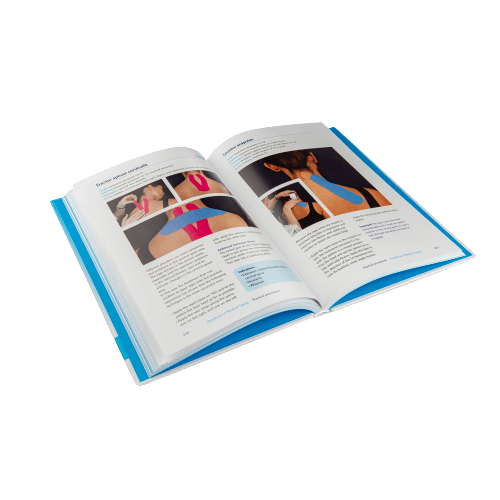Kinesiology taping for kyphosis can be a helpful tool in improving posture and relieving discomfort. When the natural curve of the upper back becomes exaggerated, it leads to hyperkyphosis, commonly known as a hunchback. This condition can result from poor posture, aging, or certain medical conditions. In some cases, it may also be congenital.
Various treatment options exist depending on the cause, and exercises play a crucial role in strengthening the muscles that support the spine. CureTape® can be used as part of this treatment process, helping to improve posture and providing a gentle reminder to activate the muscles in the back. By supporting the posterior muscle chain, kinesiology tape can aid in better body awareness and encourage a more upright position.
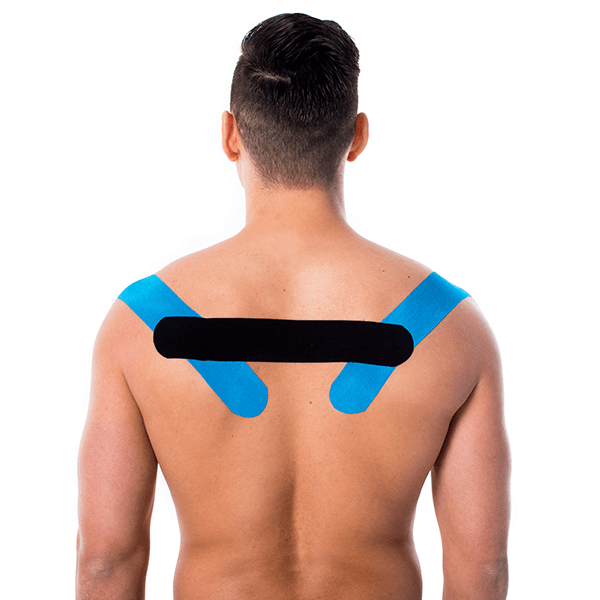
Get started with these items to tape kyphosis
-
CureTape® Classic Kinesiology Tape
-15%Bestseller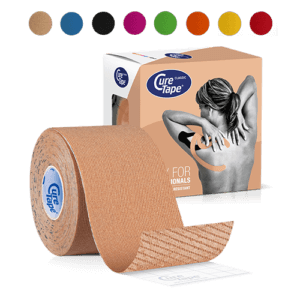 $16.96
In stockSelect options This product has multiple variants. The options may be chosen on the product page
$16.96
In stockSelect options This product has multiple variants. The options may be chosen on the product page -
CureTape® Sports Extra Sticky Kinesiology Tape
-15%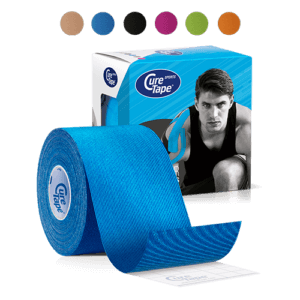 $18.66
In stockSelect options This product has multiple variants. The options may be chosen on the product page
$18.66
In stockSelect options This product has multiple variants. The options may be chosen on the product page -
Standard scissors
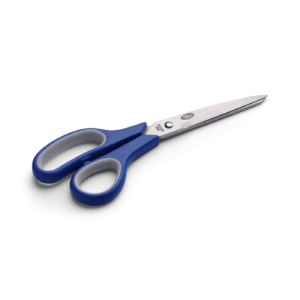 $14.95
In stockAdd to cart
$14.95
In stockAdd to cart -
CureTape® Pre-Tape Spray
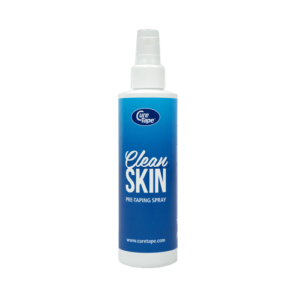 $21.95
In stockAdd to cart
$21.95
In stockAdd to cart

Christina’s advice when taping your back
When taping your back, it’s crucial to choose a tape that provides strong adhesion and support. That’s why I recommend CureTape kinesiology tape. For regular use, CureTape Classic or Art is ideal. However, if you’re engaging in extreme sports or swimming, opt for the extra sticky CureTape Sports variant!
How to tape kyphosis
- Cut three strips of kinesiology tape, each approximately 25-30 cm in length.
- Have the client bring their shoulder blades into retraction (pulling them back and together).
- Apply the first strip (for postural correction):
- Place the tape without stretch on the lower part of the trapezius muscle (a large muscle covering the upper back and extending to the shoulders).
- Apply the middle section of the tape with approximately 50% stretch across the shoulder blades, moving towards the acromion (the bony tip of the shoulder blade).
- Finish applying the last part of the tape without any stretch.
- Repeat the same taping process on the other shoulder.
- Apply the second strip (for additional support with black or blue tape):
- Have the client stand up straight.
- Tear the release paper in the middle, leaving the ends intact (these ends are the anchors).
- Hold the anchors with both hands and apply the tape with approximately 50%-60% stretch in the middle, placing it between the shoulder blades.
- As the client moves their shoulders forward (protraction), continue applying the tape along the movement.
- Apply the anchors (the last sections of the tape) without any stretch.
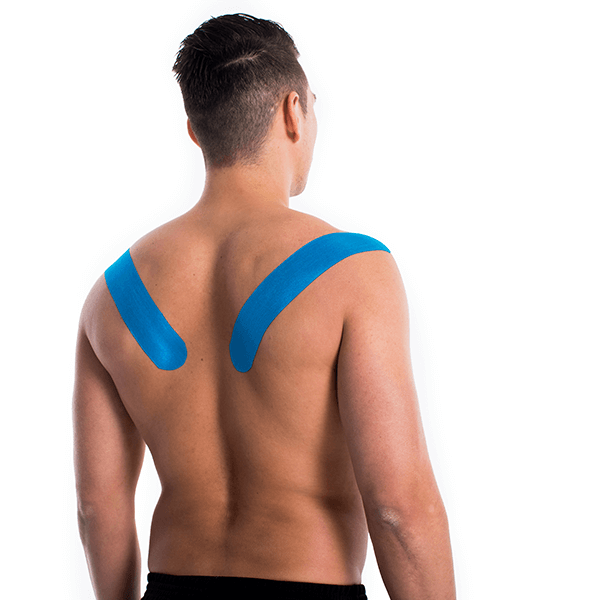
Learn how to tape
- The Ultimate Taping Guide: Focuses on self-taping for the 30 most common injuries where taping provides support.
- Kinesiology Taping Method Manual: Designed for (para medical) professionals, covering basic taping techniques and various pathologies.
- Decompressive Taping Techniques Manual: Specifically focuses on lymphatic taping methods for decompression.
What are you waiting for? Order a copy today!
THYSOL is the manufacturer of the kinesiology tape brand CureTape. As CureTape, we have been training and supplying professionals for 25 years. And consumers now know how to find us too! By manufacturing all our tapes in our own factory, we can guarantee the best quality!
Please note that the indicated tape applications and information on our website about the possibilities with kinesiology tape have not yet been scientifically proven. The statements and examples mentioned are based on long-term experiences of patients and trained therapists.
Contraindications not to tape: pregnancy, open wounds, broken bones, unexplained complaints, allergies and skin diseases, use of medication such as blood thinners, thrombosis and fever. Always apply tape in consultation with a specialist.

